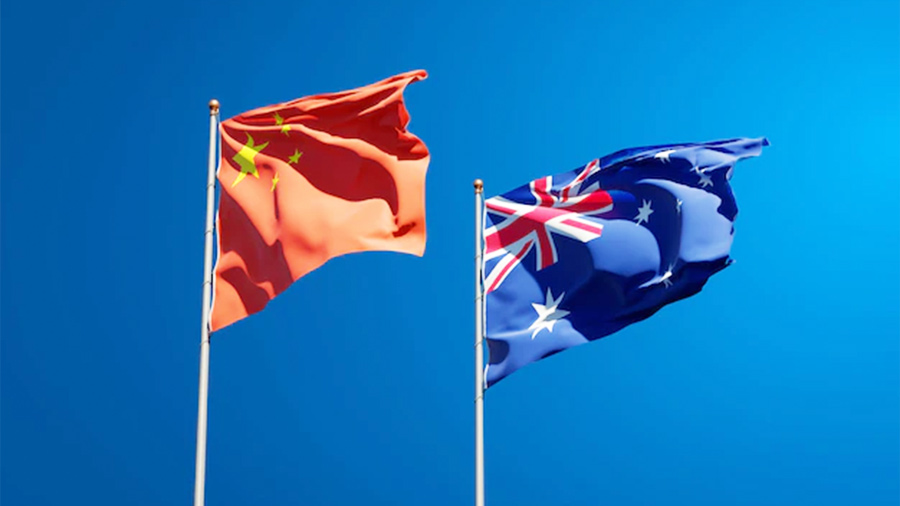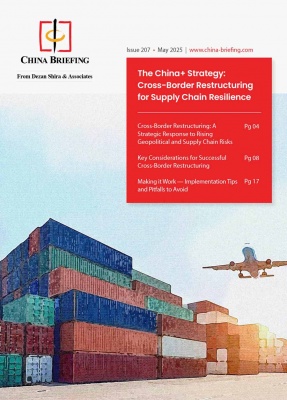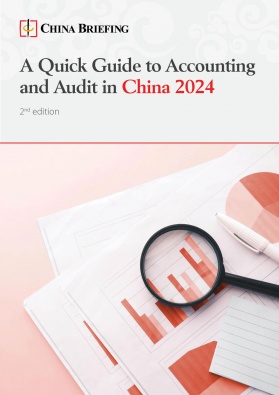China to Pilot Water Tax Nationwide: What Does It Mean for Businesses
- Starting from December 1, 2024, China will implement a pilot water tax nationwide, replacing the current water fee charging mechanism.
- The cost burden of water usage for residents and general industrial and commercial activities will remain unchanged.
- However, the burden will increase for high water-consuming industries and specific areas.
On October 15, 2024, the Ministry of Finance (MOF), the State Taxation Administration (STA), and the Ministry of Water Resources (MWR) released the Notice on Issuing the Implementation Measures for the Pilot Reform of Water Resource Tax (the Implementation Measures), which provided the implementation guidelines for a national pilot program to tax water use, starting from December 1, 2024.
This water resources tax (or water tax) will replace the currently imposed water use fee charging mechanism. The shift from water use fees to water use taxes is designed to “strengthen the management and protection of water resources and promote the conservation, intensive and safe use of water resources (in China)”.
In this article, we introduce what the new water tax is and how the shift from a fee charging mechanism will affect businesses in China.
Why shift from water fees to water taxes?
China faces severe water scarcity, with per capita water resources far below the global average and uneven distribution. Sixteen provinces are experiencing water crises, and up to 300 cities suffer from varying degrees of water shortages. Raising public awareness about water conservation and protecting water resources is crucial for sustainable development.
Before 2016, China charged fees for water resources but did not have a water resource tax. In practice, the management system for water resource fees was quite chaotic. For example, multiple departments managed water, fee collection standards varied significantly, and fees were not exclusively used for water resource management. Additionally, water use fees were enforced by local MWR bureaus, who often struggled to compel powerful industrial water users to comply. The collection rate of water resource fees was below 70 percent in most provinces. Furthermore, the legal status of water resource fees was relatively low, lacking authority and enforceability.
In 2016, China began piloting the reform of replacing water resource fees with a tax, starting with Hebei, a province with severe water scarcity. By the end of 2017, nine more provinces, including Beijing, Tianjin, Shanxi, Inner Mongolia, Shandong, Henan, Sichuan, Shaanxi, and Ningxia, were included in the pilot reform. The Resource Tax Law passed in 2019 officially incorporated the pilot reform into legislation. On July 1, 2024, Liaoning Province also implemented the water resource tax reform pilot.
The water resource tax has a higher legal status and binding force, ensuring the implementation and enforcement of policies. It helps unify tax standards, reduce discrepancies, and promote fairness. By shifting from water fees to a water tax, those who fail to pay will be held accountable to the tax authorities rather than the MWR bureaus, making business taxpayers take the payment more seriously.
Additionally, converting water resource fees to taxes can better regulate revenue management, improve fiscal transparency, and enhance governance capabilities. Currently, water resource fee revenue is shared between the central and local governments, with a 1:9 ratio. During the pilot reform period, all water resource tax revenue will belong to the pilot provinces. This is expected to incentivize local governments to better implement the water use taxes.
Key points of the pilot water tax program
Taxpayers and tax basis
The taxpayers of the water resource tax are units and individuals who directly extract water resources from rivers, lakes (including reservoirs and water diversion projects), and underground. The water resource tax is levied based on the volume of water extracted.
Tax rates
The water resource tax adopts differentiated tax rates based on water resource conditions, types of water use, and economic development. The state uniformly sets the minimum average tax rate standards for each province, autonomous region, and municipality. The specific applicable tax rates are determined by each province, autonomous region, and municipality. Additionally, higher tax rates are required for groundwater extraction and water use in areas with severe water shortages and over-exploitation.
Tax incentives
Water resource tax exemptions are provided for five specific situations, including water used for agricultural production within prescribed limits. Local authorities are authorized to reduce or exempt the water resource tax for agricultural production water use exceeding the prescribed limits and for rural centralized drinking water projects. Tax reductions are also granted to taxpayers whose water use efficiency meets the national advanced standards.
Tax collection and management
A collaborative tax collection mechanism between tax authorities and water administrative departments will be established, strengthening the supervision of water extraction measurement facilities and improving tax collection and management.
How will the shift impact individuals and businesses?
Tax burden
From the initial pilot reforms, for general businesses and residents, the actual burden will not change significantly. However, to promote the efficient use of water resources, water-saving enterprises will be encouraged, while high water-consuming enterprises and enterprises with low water usage efficiencies will be further restrained.
For example, in Hebei, the first pilot province, after the shift from water fees to water taxes:
- The burden of water use on enterprises relying on urban public water supply remains unchanged.
- The burden significantly increases for high water-consuming industries and enterprises in areas where water usage exceeds planned amounts or where the groundwater extraction is over-exploited. For instance, the cost of water uses for high water-consuming special industries, such as golf courses, car washes, and bathhouses, has increased by more than 15 times compared to before the reform.
Inner Mongolia, another pilot province, has adopted similar measures. After the reform:
- The cost of urban public water supply for residents remains at RMB 0.1 per cubic meter, the same as before the reform.
- The cost for general industrial and commercial water use is RMB 2.5 per cubic meter, consistent with the average burden level before the reform, not increasing the burden on normal production and domestic water use.
- However, the cost for groundwater extraction in severely over-exploited areas and over-exploited areas are three times and two times the standard rate for non-over-exploited areas, respectively. Additionally, the water tax for water usage exceeding planned or quota amounts are increased by one to three times.
In other words, for high water-consuming industries and enterprises operating in certain over-exploited areas, the shift from water fees to water taxes may increase their water usage costs.
Non-compliance cost
By shifting from water fees to a water tax, those who fail to pay will be held accountable to the tax authorities rather than the MWR bureaus. That is to say, non-compliance with the water tax payment may impact the company’s taxpayer credit rating or even trigger tax audits from the tax bureau. This means the cost of non-compliance will be much higher than before.
How should businesses prepare for the shift to a water tax in China?
Currently, the water resource tax adopts differentiated tax rates and exempts the use of unconventional water sources, such as treated wastewater, reclaimed water, and rainwater, to genuinely encourage environmentally friendly water use by enterprises.
Businesses can take advantage of this policy, improving water use efficiency, reducing tax burdens, and shifting towards low water consumption and environment friendly development by improving production methods, investing in technological upgrades, and updating old equipment.
This will not only help to alleviate the tax burden for water usage, but also help businesses in China enhance their performance in ESG (Environmental, Social, and Governance) aspects to achieve sustainable development.
About Us
China Briefing is one of five regional Asia Briefing publications, supported by Dezan Shira & Associates. For a complimentary subscription to China Briefing’s content products, please click here.
Dezan Shira & Associates assists foreign investors into China and has done so since 1992 through offices in Beijing, Tianjin, Dalian, Qingdao, Shanghai, Hangzhou, Ningbo, Suzhou, Guangzhou, Haikou, Zhongshan, Shenzhen, and Hong Kong. We also have offices in Vietnam, Indonesia, Singapore, United States, Germany, Italy, India, and Dubai (UAE) and partner firms assisting foreign investors in The Philippines, Malaysia, Thailand, Bangladesh, and Australia. For assistance in China, please contact the firm at china@dezshira.com or visit our website at www.dezshira.com.
- Previous Article Transit Visa Exemptions in China: 24-Hour, 72-Hour, and 144-Hour Options
- Next Article China-Türkiye Trade and Investment Profile























